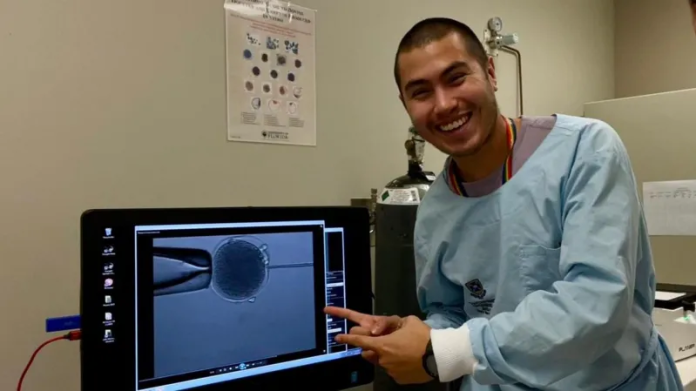Australian scientists have produced the world’s first kangaroo embryo through in vitro fertilisation (IVF), a breakthrough they say could help save other species from extinction.
Using specimens from eastern grey kangaroos, the researchers successfully injected a single sperm cell into an egg, but said achieving a live birth would require more work and “technical advancements”.
The feat provides important insights into marsupial breeding and could aid efforts to improve the genetic diversity of endangered species such as the koala, Tasmanian devil, northern hairy-nosed wombat and Leadbeater’s possum, lead researcher Andres Gambini said.
Australia houses the largest variety of marsupial mammals, but it also has the highest rate of mammal extinctions.
The University of Queensland experiment looked at the growth of kangaroo eggs and sperm in a laboratory setting before creating embryos using a method known as intracytoplasmic sperm injection (ICSI).
The technique, which is already used on humans and some domestic animals, was tried on eastern grey kangaroos that had died. The species was selected because it is not endangered and has existing high populations.
Despite how iconic marsupial species are in Australia and the crucial role they play in its biodiversity, studies into their tissues have been limited, scientists say.
“We are now refining techniques to collect, culture and preserve marsupial eggs and sperm,” said Dr Gambini, adding that such methods would play a crucial role in safeguarding “the genetic material of these unique and precious animals”.
IVF is being used as a tool to try and preserve endangered species the world over.
Last year, scientists achieved the world’s first IVF rhino pregnancy, successfully transferring a lab-created rhino embryo into a surrogate mother in Kenya.
In 2018, IVF was also used to create the world’s first donkey embryo.
Source: BBC


